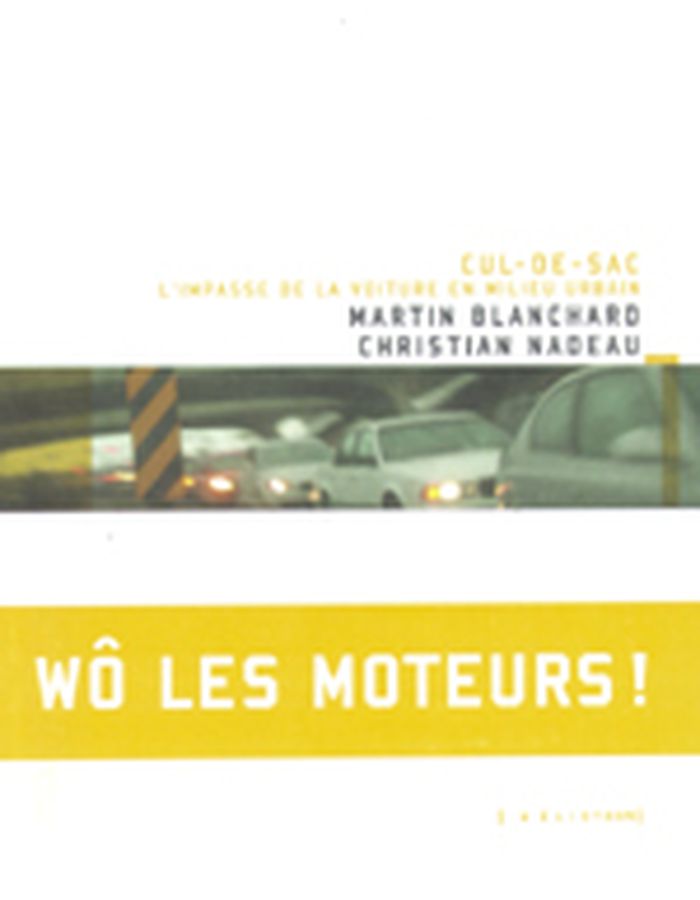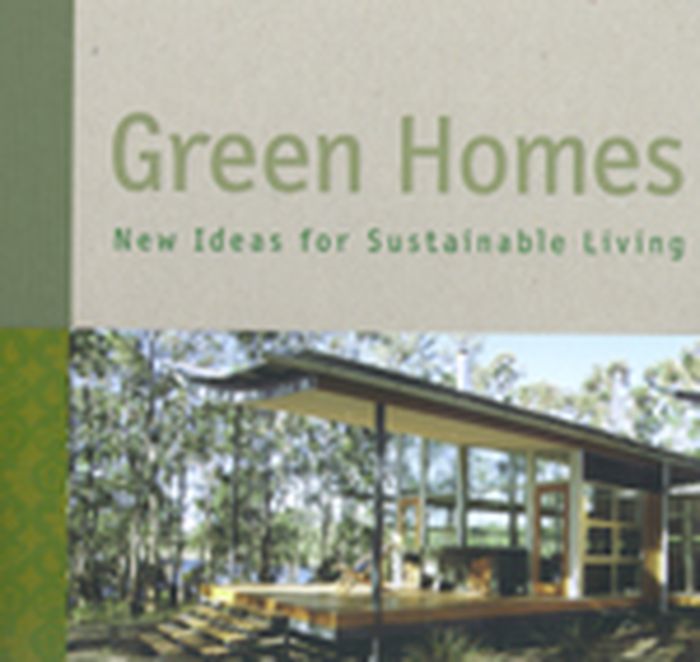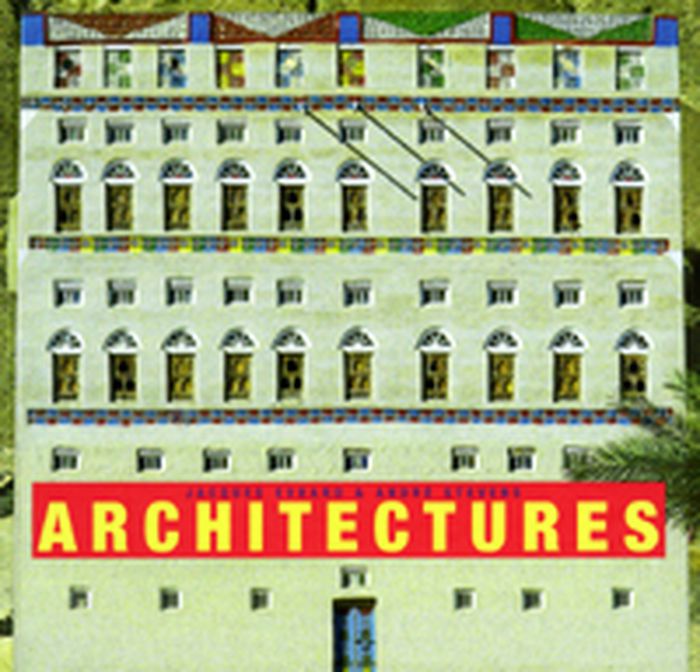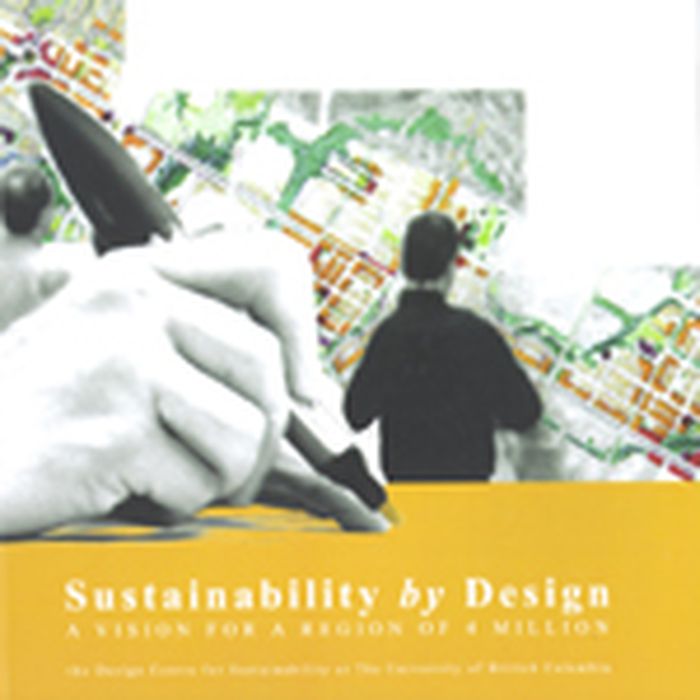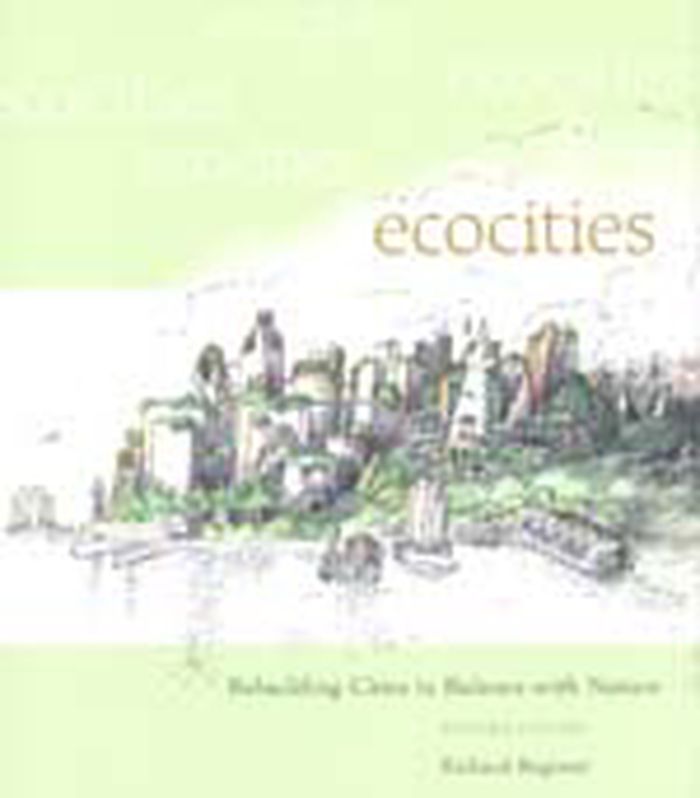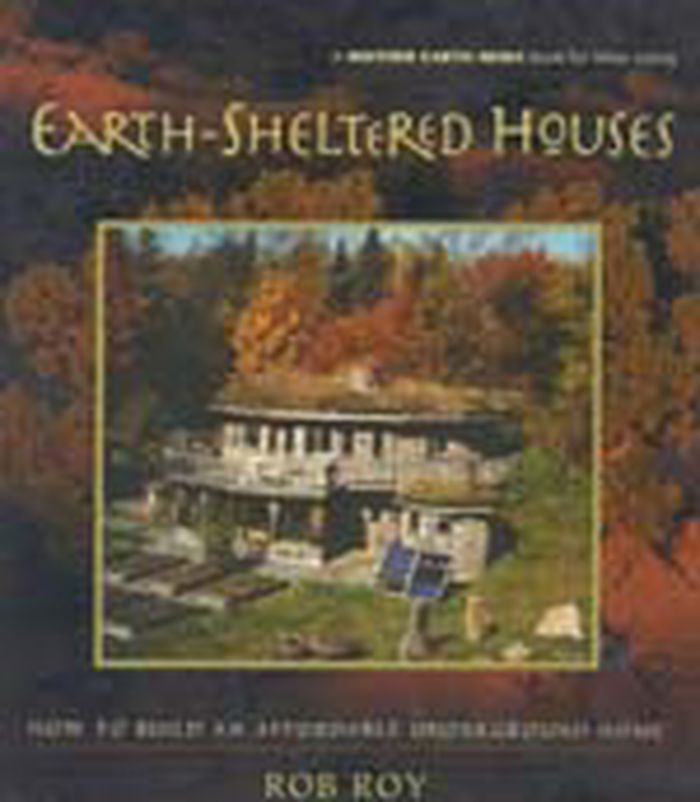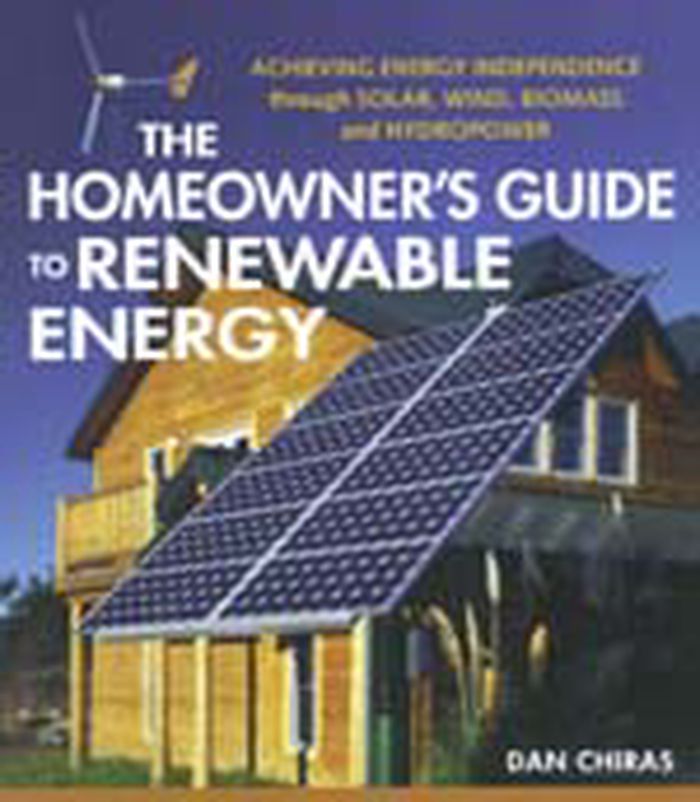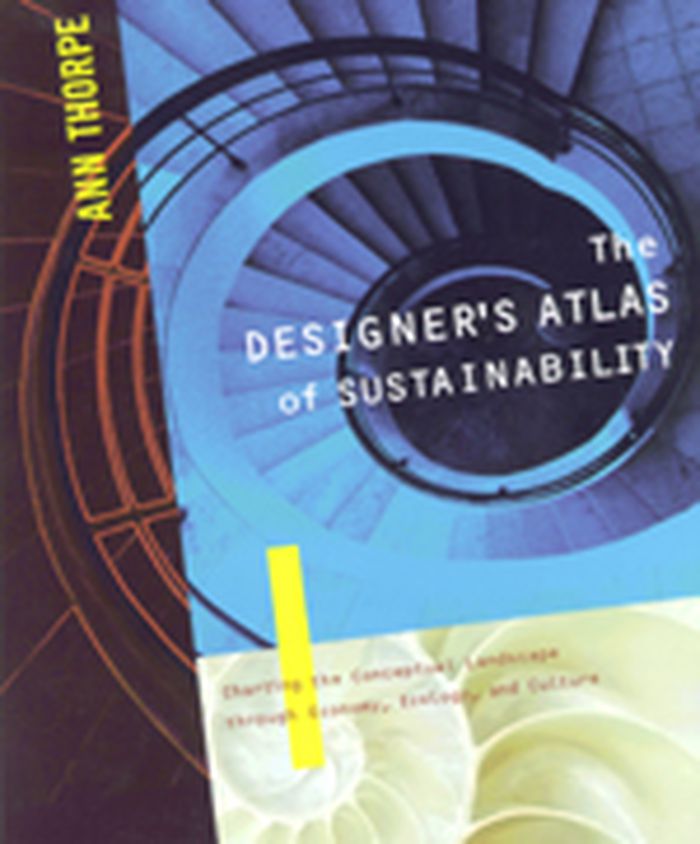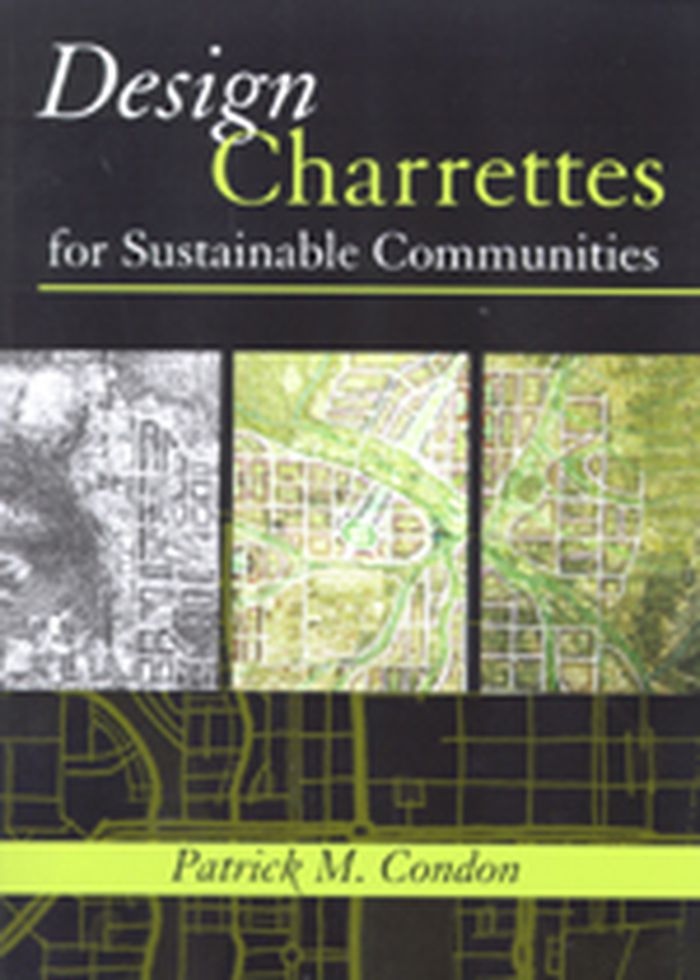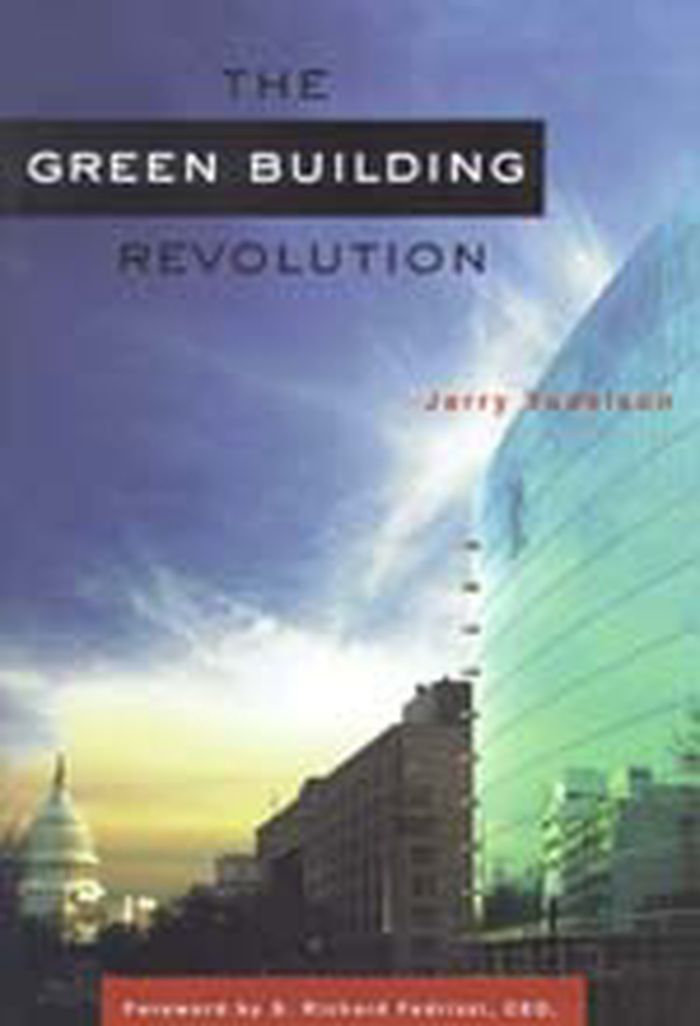$15.95
(disponible en magasin)
Résumé:
Voulons-nous véritablement perpétuer la dictature automobile dans nos quartiers densément peuplés? Cul-de-sac montre que la domination de la voiture entraîne des dommages moraux dont nous sommes tous responsables par nos actes ou par notre indifférence. Dans cet essai, Blanchard et Nadeau soutiennent qu'un changement réel, grâce auquel la voiture ne serait plus reine, est(...)
octobre 2007, Montréal
Cul-de-sac : L'impasse de la voiture en milieu urbain
Actions:
Prix:
$15.95
(disponible en magasin)
Résumé:
Voulons-nous véritablement perpétuer la dictature automobile dans nos quartiers densément peuplés? Cul-de-sac montre que la domination de la voiture entraîne des dommages moraux dont nous sommes tous responsables par nos actes ou par notre indifférence. Dans cet essai, Blanchard et Nadeau soutiennent qu'un changement réel, grâce auquel la voiture ne serait plus reine, est non seulement possible, souhaitable et nécessaire, mais à portée de main.
$38.00
(disponible sur commande)
Résumé:
Exploring the world of eco-friendly architecture, Green Homes showcases more than 20 projects worldwide, with a special focus on the United States and Canada. With a wealth of sustainable designs, this book is a must-have for architects and homeowners alike.
Green homes : new ideas for sustainable living
Actions:
Prix:
$38.00
(disponible sur commande)
Résumé:
Exploring the world of eco-friendly architecture, Green Homes showcases more than 20 projects worldwide, with a special focus on the United States and Canada. With a wealth of sustainable designs, this book is a must-have for architects and homeowners alike.
Architecture écologique
Architectures
$49.95
(disponible sur commande)
Résumé:
Architectures traditionnelle, vernaculaire ou patrimoniale. Par un choix serré d'exemples recueillis aux quatre coins de la planète, l'ouvrage donne une image, à l'échelle mondiale mais forcément incomplète, des formes d'habitation et de construction nées de la complicité entre l'homme et la nature. Prendre le train aux fenêtres ouvertes sur un horizon méconnu surprendra(...)
Architecture écologique
octobre 2007, Bruxelles
Architectures
Actions:
Prix:
$49.95
(disponible sur commande)
Résumé:
Architectures traditionnelle, vernaculaire ou patrimoniale. Par un choix serré d'exemples recueillis aux quatre coins de la planète, l'ouvrage donne une image, à l'échelle mondiale mais forcément incomplète, des formes d'habitation et de construction nées de la complicité entre l'homme et la nature. Prendre le train aux fenêtres ouvertes sur un horizon méconnu surprendra tout voyageur en mal de découvertes.
Architecture écologique
$23.95
(disponible sur commande)
Résumé:
Can the Greater Vancouver region accommodate sustainably an expected doubling and aging population for 2056? "Sustainability by design : a vision for a region of 4 million" addresses the challenge of maintaining livability while accommodating population and demographic change in a stakeholder-driven, effective and implementable way – a vision key to building a sustainable(...)
Architecture écologique
septembre 2007, Vancouver
Sustainability by design : a vision for a region of 4 million
Actions:
Prix:
$23.95
(disponible sur commande)
Résumé:
Can the Greater Vancouver region accommodate sustainably an expected doubling and aging population for 2056? "Sustainability by design : a vision for a region of 4 million" addresses the challenge of maintaining livability while accommodating population and demographic change in a stakeholder-driven, effective and implementable way – a vision key to building a sustainable Greater Vancouver region.
Architecture écologique
Ecocities
$28.95
(disponible sur commande)
Résumé:
Most of the world's population now lives in cities. So if we are to address the problems of environmental deterioration and peak oil adequately, the city has to be a major focus of attention. EcoCities is about re-building cities and towns based on ecological principles for the long term sustainability, cultural vitality and health of the Earth's biosphere. Unique in(...)
Ecocities
Actions:
Prix:
$28.95
(disponible sur commande)
Résumé:
Most of the world's population now lives in cities. So if we are to address the problems of environmental deterioration and peak oil adequately, the city has to be a major focus of attention. EcoCities is about re-building cities and towns based on ecological principles for the long term sustainability, cultural vitality and health of the Earth's biosphere. Unique in the literature is the book's insight that the form of the city really matters - and that it is within our ability to change it, and crucial that we do. Further, that the ecocity within its bioregion is comprehensible and do-able, and can produce a healthy and potentially happy future. EcoCities describes the place of the city in evolution, nature and history. It pays special attention to the key question of accessibility and transportation, and outlines design principles for the ecocity. The reader is encouraged to plunge in to its economics and politics: the kinds of businesses, planning and leadership required. The book then outlines the tools by which a gradual transition to the ecocity could be accomplished. Throughout, this new edition is generously illustrated with the author's own inspired visions of what such rebuilt cities might actually look like.
Architecture écologique
Earth - sheltered houses
$31.95
(disponible sur commande)
Résumé:
Earth-Sheltered Houses is a practical guide for those who want to build their own underground home at moderate cost. It describes the benefits of sheltering a home with earth, including the added comfort and energy efficiency from the moderating influence of the earth on the home's temperature - keeping it warm in the winter and cool in the summer - low maintenance, and(...)
Earth - sheltered houses
Actions:
Prix:
$31.95
(disponible sur commande)
Résumé:
Earth-Sheltered Houses is a practical guide for those who want to build their own underground home at moderate cost. It describes the benefits of sheltering a home with earth, including the added comfort and energy efficiency from the moderating influence of the earth on the home's temperature - keeping it warm in the winter and cool in the summer - low maintenance, and the protection against fire, sound, earthquake and storm afforded by the earth. Extra benefits from adding an earth or other living roof option include greater longevity of the roof substrate, fine aesthetics, and environmental harmony.
Architecture écologique
$32.95
(disponible sur commande)
Résumé:
The coming energy crisis caused by a peak in global oil and natural gas production will profoundly affect the lives of all North Americans. As the price of these vital fuels rises, homeowners will scramble to cut their fuel bills. Two options for meeting the upcoming challenge are dramatic improvements in home energy efficiency and efforts to tap into clean, affordable,(...)
The homeowner's guide to renewable energy
Actions:
Prix:
$32.95
(disponible sur commande)
Résumé:
The coming energy crisis caused by a peak in global oil and natural gas production will profoundly affect the lives of all North Americans. As the price of these vital fuels rises, homeowners will scramble to cut their fuel bills. Two options for meeting the upcoming challenge are dramatic improvements in home energy efficiency and efforts to tap into clean, affordable, renewable energy resources to heat and cool homes, to provide hot water and electricity, and even to cook. These measures can result in huge savings and a level of energy independence. The Homeowner's Guide to Renewable Energy gives readers sufficient knowledge to hire and communicate effectively with contractors and, for those wanting do installations themselves, it recommends more detailed manuals. With a complete resource listing, this well-illustrated and accessible guide is a perfect companion for illuminating the coming dark age.
Architecture écologique
$29.95
(disponible sur commande)
Résumé:
In The designer's atlas of sustainability, Ann Thorpe takes readers on an appealing visual tour of the landscape of sustainability to show it is critical to the work of the designers, ranging from architects to graphic artists. The designer's atlas encourages �development that cultivates environmental and social conditions that will support human well-being(...)
Architecture écologique
février 2007, Washington, Covelo, London
The designer's atlas of sustainability : Charting the conceptual landscape through economy, ecology, and culture
Actions:
Prix:
$29.95
(disponible sur commande)
Résumé:
In The designer's atlas of sustainability, Ann Thorpe takes readers on an appealing visual tour of the landscape of sustainability to show it is critical to the work of the designers, ranging from architects to graphic artists. The designer's atlas encourages �development that cultivates environmental and social conditions that will support human well-being indefinitely.� Designers and consumers alike will be intrigued by the connections the author reveals between our material comfort, our emotional well-being, and the health of our planet. The Designer's atlas is a powerfull reference and source of new ideas for anyone interested in harmonizing our human and natural systems.
Architecture écologique
$26.00
(disponible sur commande)
Résumé:
A step-by-step guide to more synthetic, holistic, and integrated urban design strategies, Design Charrettes for Sustainable Communities is a practical manual to accomplish complex community design decisions and create more green, clean, and equitable communities. The design charrette has become an increasingly popular way to engage the public and stakeholders in public(...)
Design charettes for Sustainable communities
Actions:
Prix:
$26.00
(disponible sur commande)
Résumé:
A step-by-step guide to more synthetic, holistic, and integrated urban design strategies, Design Charrettes for Sustainable Communities is a practical manual to accomplish complex community design decisions and create more green, clean, and equitable communities. The design charrette has become an increasingly popular way to engage the public and stakeholders in public planning, and Design Charrettes for Sustainable Communities shows how citizens and officials can use this tool to change the way they make decisions, especially when addressing issues of the sustainable community. Designed to build consensus and cooperation, a successful charrette produces a design that expresses the values and vision of the community. Patrick Condon outlines the key features of the charrette, an inclusive decision-making process that brings together citizens, designers, public officials, and developers in several days of collaborative workshops. Drawing on years of experience designing sustainable urban environments and bringing together communities for charrettes, Condon’s manual provides step-by-step instructions for making this process work to everyone’s benefit. He translates emerging sustainable development concepts and problem-solving theory into concrete principles in order to explain what a charrette is, how to organize one, and how to make it work to produce sustainable urban design results.
Architecture écologique
$26.50
(disponible sur commande)
Résumé:
The Green Building Revolution describes the many “revolutions” that are taking place today: in commercial buildings, schools, universities, public buildings, health care institutions, housing, property management, and neighborhood design. In a clear, highly readable style, Yudelson outlines the broader “journey to sustainability” influenced by the green building(...)
Architecture écologique
octobre 2007, Washington Covelo London
The green building revolution
Actions:
Prix:
$26.50
(disponible sur commande)
Résumé:
The Green Building Revolution describes the many “revolutions” that are taking place today: in commercial buildings, schools, universities, public buildings, health care institutions, housing, property management, and neighborhood design. In a clear, highly readable style, Yudelson outlines the broader “journey to sustainability” influenced by the green building revolution and provides a solid business case for accelerating this trend. Illustrated with more than 50 photos, tables, and charts, and filled with timely information, The Green Building Revolution is the definitive description of a major movement that’s poised to transform our world.
Architecture écologique
